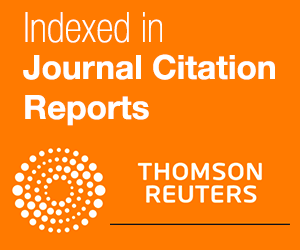EFFECT OF INTEGRATED NUTRIENT MANAGEMENT ON DEHYDROGENASE ACTIVITY, SOIL ORGANIC CARBON AND SOIL MOISTURE VARIABILITY IN A MANGO ORCHARD ECOSYSTEM
A. Singha, T. Adak, K. Kumar, S. K. Shukla and V. K. Singh
Central Institute for Subtropical Horticulture, Rehmankhera, Lucknow – 226101, INDIA
Corresponding author’s e-mail: singha.atul@gmail.com
ABSTRACT
The organic carbon content in the soils of mango orchards in subtropical region of Uttar Pradesh, is very low affecting the soil quality and nutrient release pattern. The microbial and enzyme activities of the soil are closely related to the organic matter content and influenced by hydrothermal regimes of the soil. Keeping this in view, effect of different organic and inorganic substrates was studied on dehydrogenase activity, soil organic carbon and moisture content in mango orchard soil. The soil samples across three different depths with respect to their dehydrogenase activity indicated spatial variation across soil depths and treatments. The univariate analysis showed higher variability of dehydrogenase activity in the soil surface layer as compared to the deeper depths. The highest dehydrogenase activity was observed as 2.09, 1.58 and 1.30 µg TPF g-1 hr-1 and the lowest as 0.92, 0.50 and 0.21 µg TPF g-1 hr-1 in 0-10, 10-20 and 20-30 cm depth, respectively. The results recognized that NPK application had a major role in dehydrogenase activity. Frequency distribution reveled that even after a short-term use of organic and inorganic amendments, improvement of SOC content was not above 0.50%. Higher moisture content was observed from the treatments where organic mulching and biofertilizers were added when compared with control. The results thus indicated that mango orchard soils of low fertility regions of semi-arid areas should be amended with organic substrates to enhance moisture retention, organic carbon build up and microbial activity.
Key words: Mango orchard, Integrated nutrient management, Dehydrogenase activity, Moisture retention, SOC.
|





